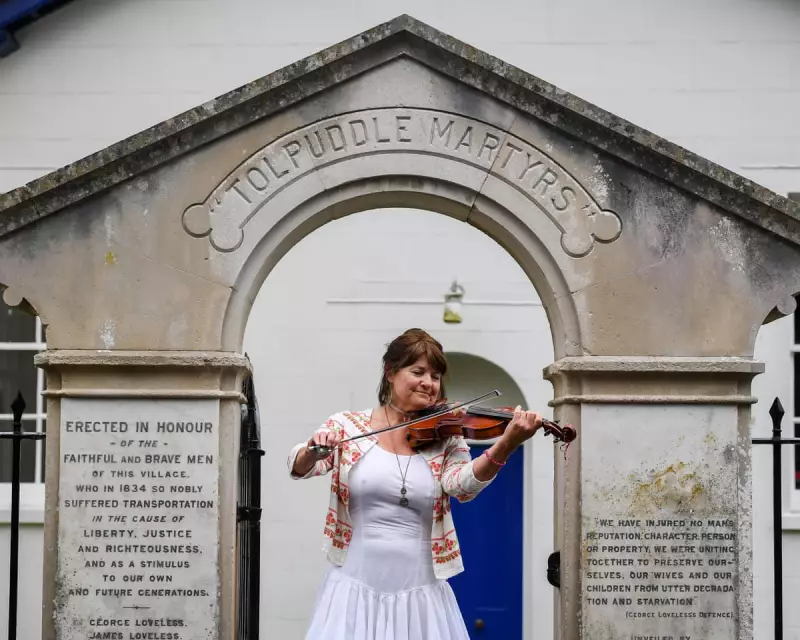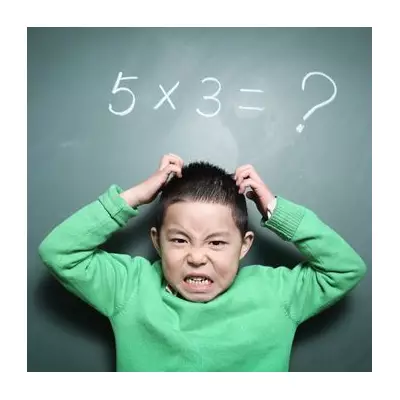
In an era where social media amplifies every accusation and public shaming becomes sport, we're witnessing the rise of modern witch hunts that bear striking similarities to their historical counterparts. The crucial difference? Today's targets don't need to be accused of witchcraft to face the mob's wrath.
The Psychology of Collective Hysteria
Throughout history, societies have periodically succumbed to collective hysteria, where rationality gives way to fear and suspicion. These moral panics create an environment where ordinary people can become targets for extraordinary accusations.
The mechanisms behind these phenomena remain remarkably consistent across centuries. When communities feel threatened or uncertain, they often seek scapegoats to blame for their anxieties. This psychological need for explanation and control drives the search for 'witches' in whatever form they might take.
From Salem to Social Media
The digital age has transformed how witch hunts operate, but the fundamental dynamics remain unchanged. Social media platforms provide the modern equivalent of the town square, where accusations can spread with unprecedented speed and reach.
What makes contemporary witch hunts particularly potent is their ability to bypass traditional safeguards. Due process and evidence-based reasoning often fall victim to the emotional appeal of moral outrage and the viral nature of online condemnation.
The Anatomy of a Modern Panic
Modern moral panics typically follow a predictable pattern:
- Identification of a threat - Real or perceived dangers to social values
- Amplification through media - Both traditional and social platforms
- Mobilisation of moral entrepreneurs - Individuals or groups leading the charge
- Creation of folk devils - Designation of acceptable targets
- Social consensus formation - Pressure to conform to the prevailing narrative
The Human Cost of Digital Persecution
Behind every modern witch hunt lie real human consequences. Reputations built over decades can be destroyed in hours. Careers end abruptly, relationships fracture, and mental health suffers under the weight of public condemnation.
Perhaps most concerning is how these dynamics can affect public discourse itself. The fear of becoming the next target creates self-censorship and stifles genuine debate on important social issues.
Breaking the Cycle
Understanding the patterns of moral panics provides the first step toward resisting their pull. Critical thinking, media literacy, and a commitment to due process offer powerful antidotes to collective hysteria.
As history has repeatedly shown, the targets of today's witch hunts could be any of us tomorrow. Recognising our own susceptibility to these dynamics might be our best protection against repeating the mistakes of the past.





